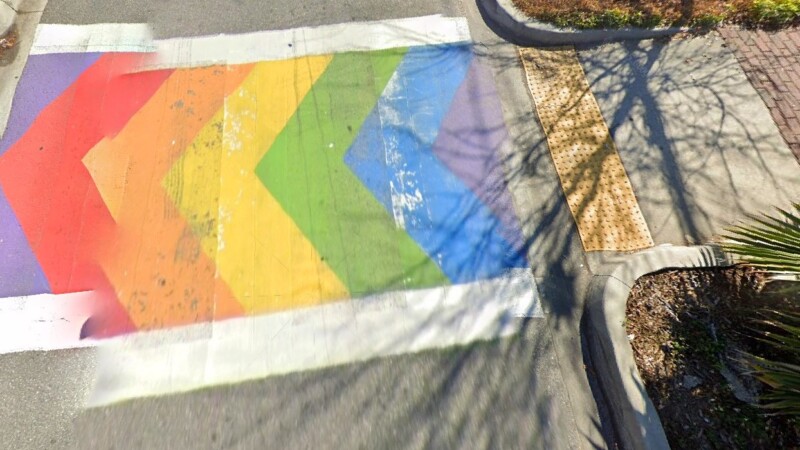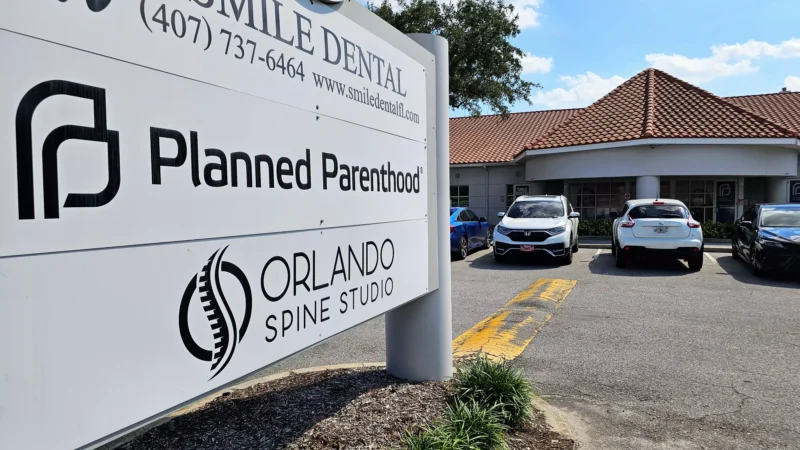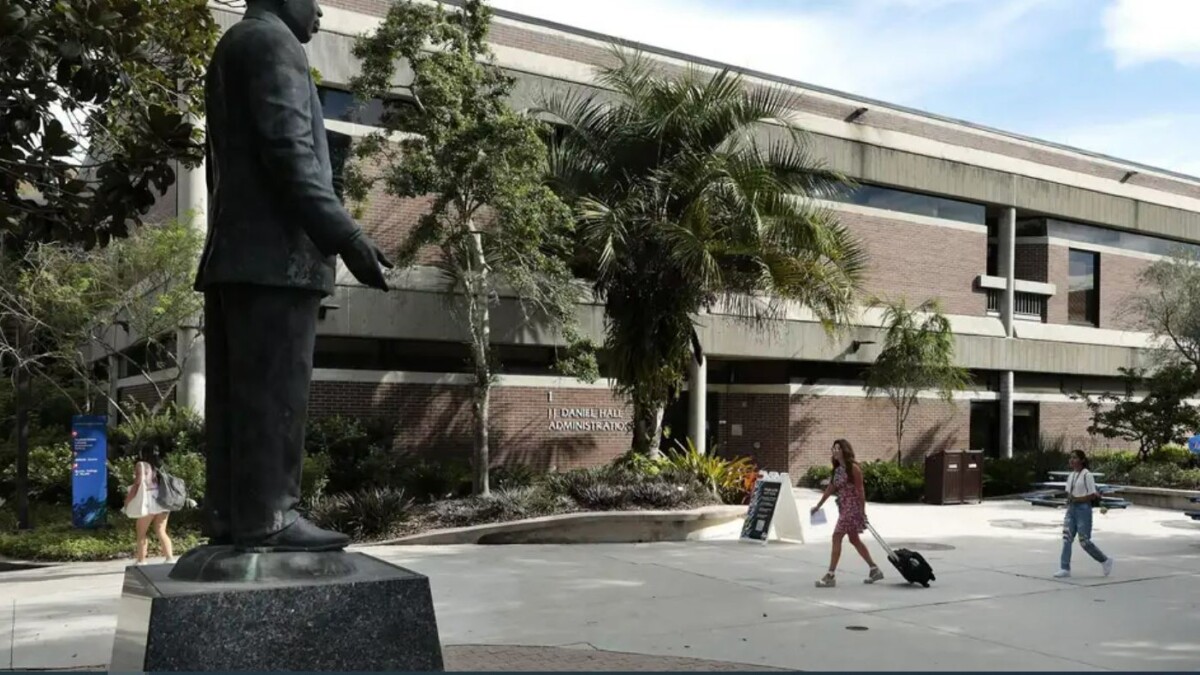St. Johns County is still trying to recover from the wrath of Tropical Storm Ian, which walloped the county after devastating the Gulf Coast of Florida as a Category 4 hurricane.
On Thursday, as water rushed over the sea wall in downtown St. Augustine, the city’s Fire Department made 19 high water rescues, among 26 around the county, according to a report by WJCT News partner News4 Jax.
Downtown saw a 3- to 5-foot storm surge during the height of the storm and around 10 to 20 inches of rain.
Early estimates put the total cost of damage at $37.8 million to homes and potentially millions more to county infrastructure.
The city of St. Augustine has been trying to answer a stream of questions about storm recovery. The city posted a list of Frequently Asked Questions online at CityStAug.com. There also is information about contacting the Federal Emergency Management Agency, disaster assistance, avoiding fraud, selecting service providers and more.
Here are answers to the most frequent questions.
My house flooded — where do I begin?
Start by calling your insurance provider immediately regarding homeowners and flood insurance policies, as well as auto insurance policies if vehicles were damaged.
Depending on the recommendations of your insurance, you should photograph, measure and document all damage to personal belongings and property.
Confirm with your insurance provider before removing damaged household goods and setting them curbside for disposal. When you do remove damaged goods to the street, be sure to separate them into piles — one for construction debris, one for household goods and another for yard debris.
Do I contact the city to report damage to my home?
No. Contact your insurance provider regarding damage to personal property and flooding.
How and when can I get assistance for damages?
Homeowners, renters and business owners in St. Johns County may apply for federal disaster assistance for damages and losses resulting from Hurricane Ian through FEMA’s Individual Assistance Program.
You can start the application process immediately at fema.gov/disaster/4673. Additional resources can be found at DisasterAssistance.gov.
Can I use a camper or RV in my yard for temporary housing?
Because of the State of Emergency created by Hurricane Ian, property owners may reside in a recreational vehicle on their own property for a period of six months while there is an active building permit to reconstruct or repair damage created by Hurricane Ian to the permanent dwelling; provided, electricity and sanitation services necessary for the temporary living on site are available until April 1, 2023.
Will I be able to speak to someone in person?
St. Johns County will be offering disaster recovery customer services once a location and schedule can be determined. Any information will be posted on the city’s Facebook and Twitter pages, as well as the city’s website: CityStAug.com.
Is there assistance available if I’m not insured?
Since St. Johns County has been included in the FEMA disaster declaration for Hurricane Ian, those who are uninsured and can provide proof of suffering substantial damage may be eligible for Individual Assistance. Visit the FEMA website for more information: fema.gov/disaster/4673.
When will the city begin collecting debris?
Solid waste trash pickup resumed its regular schedule this week. Recycling collection remains suspended until otherwise notified.
Storm yard debris collection has started in residential areas most heavily affected by Hurricane Ian. Place yard debris curbside to allow easy access for pickup by city crews. Debris should be placed no more than 10 feet away from the curb. Do not place debris under low hanging limbs, guide wires and electrical and communication lines, or in the street where it can obstruct traffic, fire hydrants, mailboxes and utility boxes.
To expedite the recovery process, it is imperative to keep the roadway and access to the debris piles clear. If possible, avoid parking on the street, so debris removal trucks will have direct access.
Storm debris is only vegetative and not mixed with any other types of debris or garbage. Vegetative debris consists of tree stumps, branches, trunks and other leafy material.
To speed up the collection process, please bag debris and do not place it the public right of way. Do not mix lumber, such as debris from docks or structures, with vegetative debris since mixed trash will not be picked up.
How do I dispose of sandbags?
Hurricane season isn’t over, so hold onto your sandbags, just in case they are needed again. The city recommends storing sandbags in the shade to avoid sun damage to the bags.
If they’re not in a condition to be kept, proper disposal is to empty the bags before putting them in trash. One suggestion is to empty the sand into your lawn or garden.
Filled sandbags will not be collected by solid waste if they are set curbside.
What can I do in the future to protect my home from flood damage?
The city of St. Augustine is participating in flood mitigation and assistance programs through FEMA for city homeowners. If you are not already participating in any of our flood mitigation programs, send an email with your name, address and phone number to fma@citystaug.com. City staff will contact you directly to discuss available programs.
On Monday, Oct. 10, at 3 p.m., in coordination with its consultant Quality Engineering and Surveying, the city will offer a follow-up workshop for those currently participating in the 2022 Flood Mitigation Assistance funding application submittal. The workshop will be at the Galimore Community Center, at 399 Riberia St. in Lincolnville.
At 6 p.m. that day, in coordination with QES, the city will offer an introductory workshop for any homeowners who flooded in Hurricane Ian or who have previously flooded but are not currently participating in the 2022 Flood Mitigation Assistance funding application submittal. The workshop will be at the Galimore Community Center.
On Tuesday, Oct. 11, from 8 a.m. to 5 p.m., QES will be available for pre-scheduled, on-site visits with residents. To speak directly with a QES team member in advance about storm damage, send an email to adaray@qesla.com.
Additional flood mitigation information and resources can be found on the city’s website at citystaug.com/ResiliencyResources.
Can I use water for laundry and showering?
Yes. Utilities are fully operational. In the initial days after the storm, reducing water use minimized overstressing the water and sewer systems when they were not fully operational.
What can be done to stop people from driving fast through high water, which creates a wake that pushes into my house?
Unfortunately, with limited resources, the city of St. Augustine cannot provide personnel to monitor all areas of the city that experience extended periods of standing water after hurricanes and extreme weather.
We will continue to remind everyone about the effects of driving fast through high water.
What can be done to control scavenging?
To minimize people from scavenging through your personal property, you can remove lids and doors to appliances and cabinets and mark white goods such as washers, dryers, refrigerators, dishwashers, etc. with a large spray-painted “X”. This will help devalue the property so that it cannot be resold as-is or refurbished and sold as new.
It is important to note that trash or recyclables placed in containers belongs to the city and cannot be removed by bystanders. Traditionally loose items left by the curb are deemed abandoned by the owner and there is no local regulation prohibiting others from scavenging or repurposing them.
If you have additional questions or media inquiries, contact Melissa Wissel, communications director, at 904.293.3307 or via email at mwissel@citystaug.com.
9(MDEwNzczMDA2MDEzNTg3ODA1MTAzZjYxNg004))






